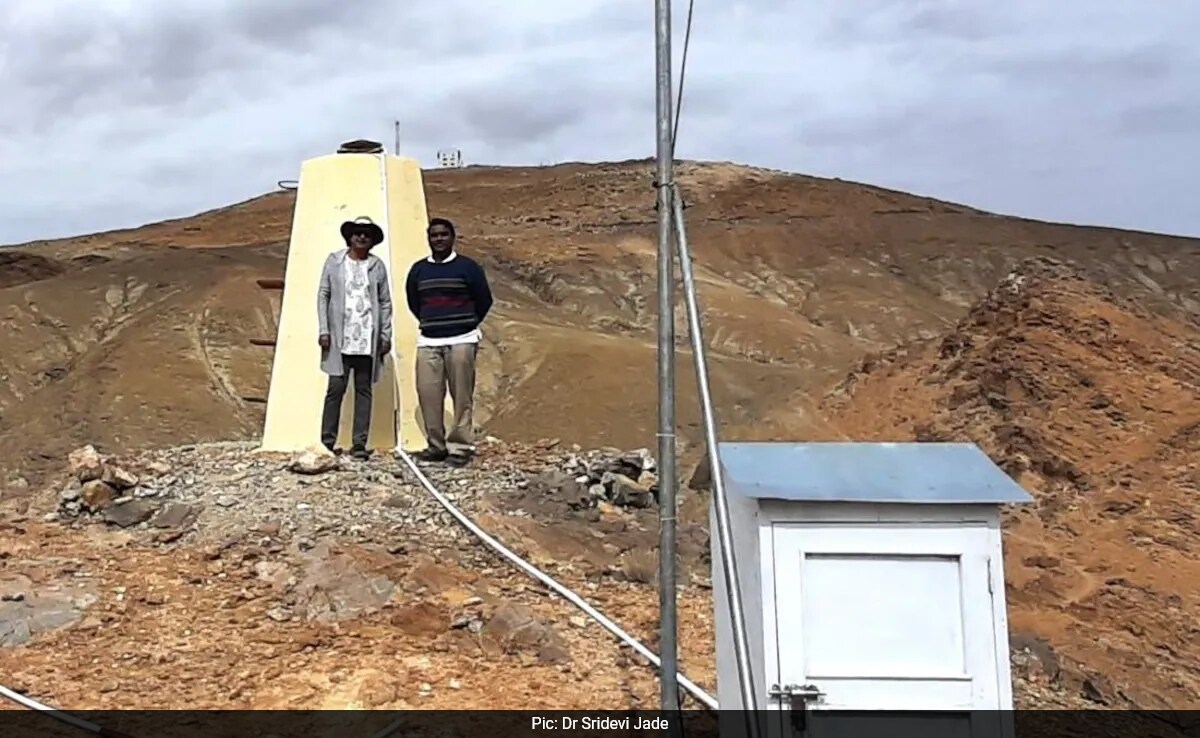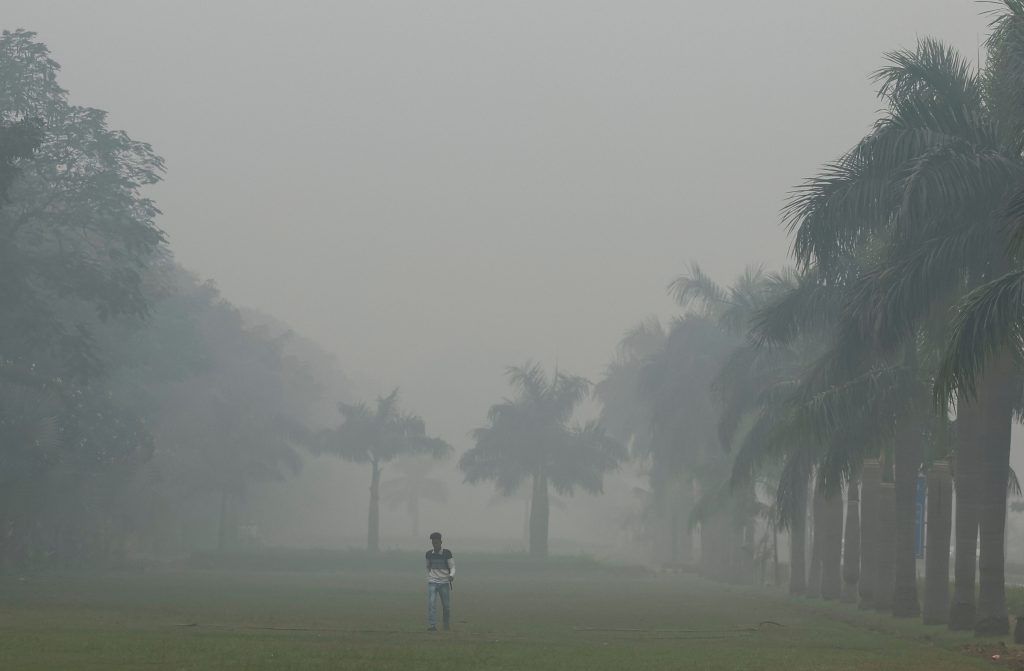The military stand-off between India and China along the Line of Actual Control (LAC) found an amicable solution recently. However, another kind of tug-of-war between India and China – a continuous and ancient tectonic one – has been going on with the Indian tectonic plate constantly losing land by sliding under the Tibetan plate. The Indian landmass has been shrinking as its tectonic plate has been sliding under the Eurasian or Tibetan plate.
This correspondent experienced the war of continents first-hand high in the Himalayas at Hanle in Ladakh, where in the last 25 years or so Hanle may have risen by about 2.5 centimetres since this correspondent’s last visit almost a quarter century ago to the same locations.
In a quirk of geological history, the Indian landmass is subducting or slipping under the Tibetan of the Asian landmass mainly comprising the current geographical area of China. This is also the reason the Himalayas – considered the ever-growing and youngest mountains – keep rising 5 millimetres per year. The height of Mount Everest, too, keeps going up.
This pull and tug below the Earth’s surface in northern India below the Himalayas is the root cause of earthquakes in the Himalayan region. As the Indian plate slides below the Eurasian plate, steadily tension is built up almost like slow tightening of rubber band, then there comes a point when the taut tension is released as the ground gives way, leading to earthquakes.
In fact, some parts of the Himalayan region have not faced a mega-earthquake in more than 500 year, and some say a mega-earthquake is long overdue in the region. Experts say one can only build more resilient and earthquake-resistant structures to save lives since earthquakes cannot be stopped or even forecast as of now.
This tug-of-war between the Indian and the Tibetan plates has its origins in a phenomenon called continental drift, which started almost 60-70 million years ago; it’s also often called the ‘mega breakup’.

NDTV Science Editor Pallava Bagla at the site in Ladakh’s Hanle where he saw the tectonic tug-of-war first-hand
The Indian landmass was a part of the supercontinent called ‘Gondwanaland’, which was situated close to the African continent. Because of the little-understood tectonic drama, the Indian plate started moving northwards and for a long time remained like an ever floating and mobile island.
Then at some point 10-15 million years ago, the Indian plate crashed into the Asian plate. This resulted in the Himalayan mountain range to be formed. Since then the Indian plate is gently but firmly being squeezed and swallowed under the Tibetan plate at the rate of 5 to 6 centimetres per year.
To accurately monitor what is happening on the ground, Indian scientists from the CSIR Fourth Paradigm Institute (CSIR-4PI), Bengaluru, have set up high-accuracy reference stations one on the Tibetan plate at Hanle in Ladakh and the other at Bengaluru. By tracking the movement of these reference points using sophisticated global positioning system (GPS) instruments and satellites, the Indian team can assess how the land masses have moved respective to each other.
“In these last 25 years, Hanle has moved by almost 85 centimetres northeastwards. And India, let us say in Bengaluru, has moved forward by 1.37 metres northeast. This movement causes stress, which manifests in earthquakes,” said Dr Sridevi Jade, Director, CSIR Fourth Paradigm Institute (CSIR-4PI), Bengaluru, and a specialist on measuring the continental drift.
The saving grace though, as Dr Jade said, is that “India is unlikely to disappear anytime soon.”








